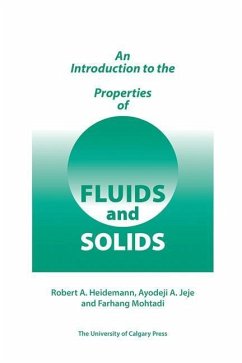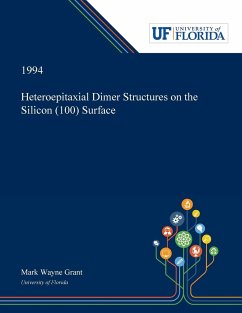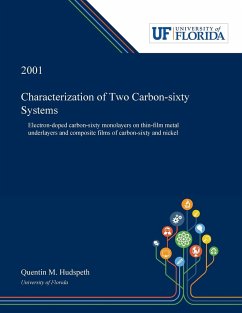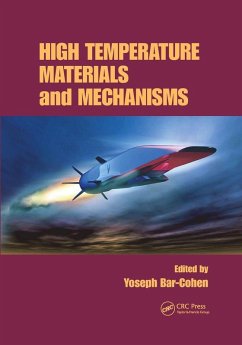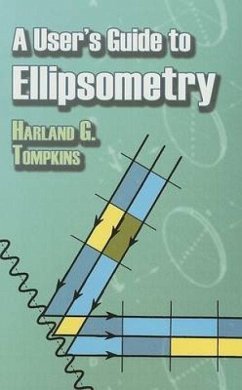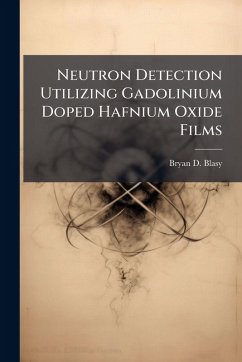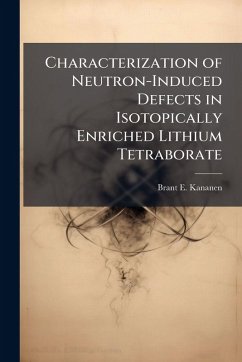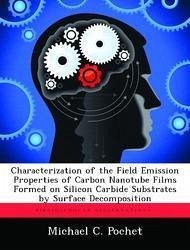
Characterization of the Field Emission Properties of Carbon Nanotube Films Formed on Silicon Carbide Substrates by Surface Decomposition
Versandkostenfrei!
Versandfertig in über 4 Wochen
18,99 €
inkl. MwSt.

PAYBACK Punkte
9 °P sammeln!
Numerous works found in the literature report that carbon nanotubes have excellent field emission properties, emitting high electron current densities at low electric fields. Recent work by the Air Force Research Laboratory Materials and Manufacturing Directorate has shown that dense arrays of vertically aligned carbon nanotubes (CNTs) form on the surface of silicon carbide wafers during high temperature (1400 - 1700oC) anneals under moderate vacuum conditions (10-2 - 10-5 Torr). The novelty of this growth method is that the carbon nanotubes form without the aid of a metal catalyst, allowing f...
Numerous works found in the literature report that carbon nanotubes have excellent field emission properties, emitting high electron current densities at low electric fields. Recent work by the Air Force Research Laboratory Materials and Manufacturing Directorate has shown that dense arrays of vertically aligned carbon nanotubes (CNTs) form on the surface of silicon carbide wafers during high temperature (1400 - 1700oC) anneals under moderate vacuum conditions (10-2 - 10-5 Torr). The novelty of this growth method is that the carbon nanotubes form without the aid of a metal catalyst, allowing for potentially defect free carbon nanotubes to form. In this thesis, carbon nanotube films were grown by the surface decomposition of silicon carbide substrates and the associated field emission characteristics were investigated to determine if films grown using this method possessed advantages over films grown using metal catalyzed methods. This work has been selected by scholars as being culturally important, and is part of the knowledge base of civilization as we know it. This work was reproduced from the original artifact, and remains as true to the original work as possible. Therefore, you will see the original copyright references, library stamps (as most of these works have been housed in our most important libraries around the world), and other notations in the work. This work is in the public domain in the United States of America, and possibly other nations. Within the United States, you may freely copy and distribute this work, as no entity (individual or corporate) has a copyright on the body of the work. As a reproduction of a historical artifact, this work may contain missing or blurred pages, poor pictures, errant marks, etc. Scholars believe, and we concur, that this work is important enough to be preserved, reproduced, and made generally available to the public. We appreciate your support of the preservation process, and thank you for being an important part of keeping this knowledge alive and relevant.





